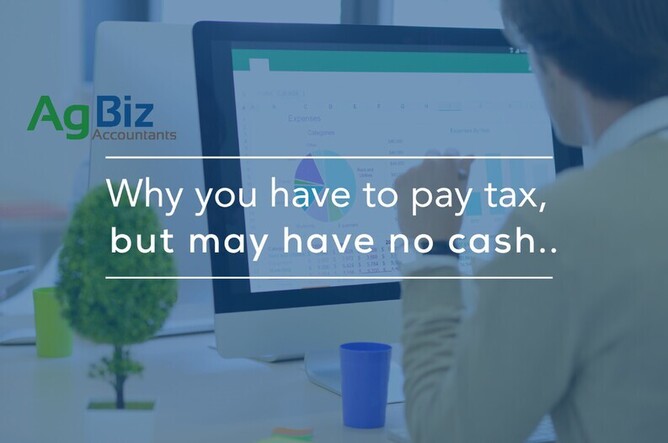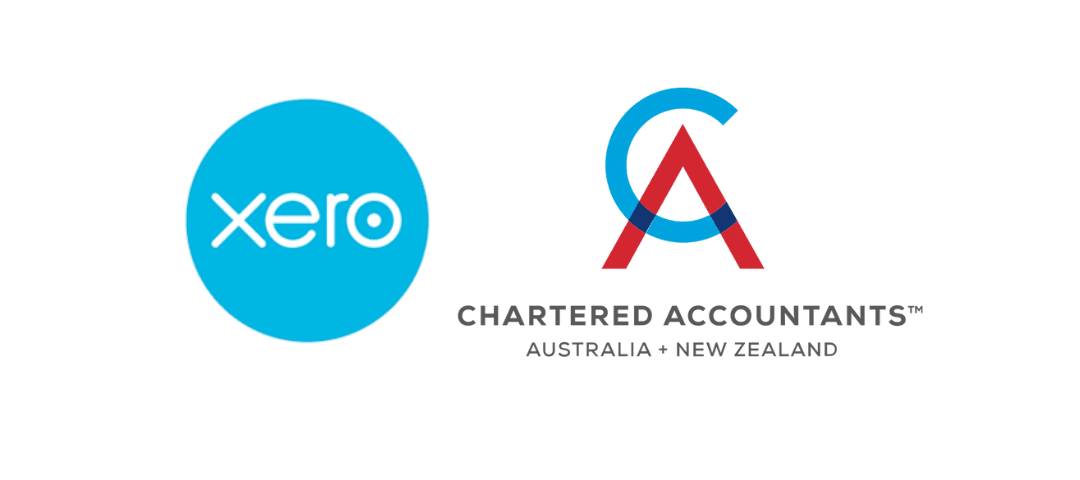The difference between cash and profit… an example.
Just because business profits are reinvested back into the business, does not change that it has been earned in the first place.
For example, a business buys stock to sell to its customers for $300. It sells that stock to its customers for $1,000; a profit of $700 is made and tax at 30% is $210.
Sales - $1000
Cost of Goods Sold - $300
Profit - $700
Tax on profit (30%) - $210
The business has $1k and then buys more stock. The stock purchased is not deductible for tax as an expense, until it is sold (it becomes an asset).
The business has no cash; the initial $300 of stock sold, plus the $700 profit on the sale has been reinvested into more stock totaling $1k. But there is still tax to pay of $210.
Cash is normally the result of making a profit. Before spending all of the available cash on new assets, reducing debt or taking drawing, consider the tax on the profit. Be aware how much there is to pay and the time it will be due.
If you do spend all the cash, which sometimes is inevitable (the tax payment might not be due till 12 months later), know that you can produce enough cash in the future to cover the tax on profit you have already made.
This principle sounds simple, but surprisingly it is overlooked and no one enjoys a large unexpected tax bill.
At Evans Doyle, we regularly review business performance through Xero and Banklink and provide up to date profit and loss reports during the year. This can be useful to calculate future tax liabilities, plan due dates and ensure that there is sufficient cash to cover tax payments to ensure no surprises.
This material has been prepared for informational purposes only, and is not intended to provide, and should not be relied on for, tax, legal or accounting advice. You should consult your own tax, legal and accounting advisors before engaging in any transaction.





